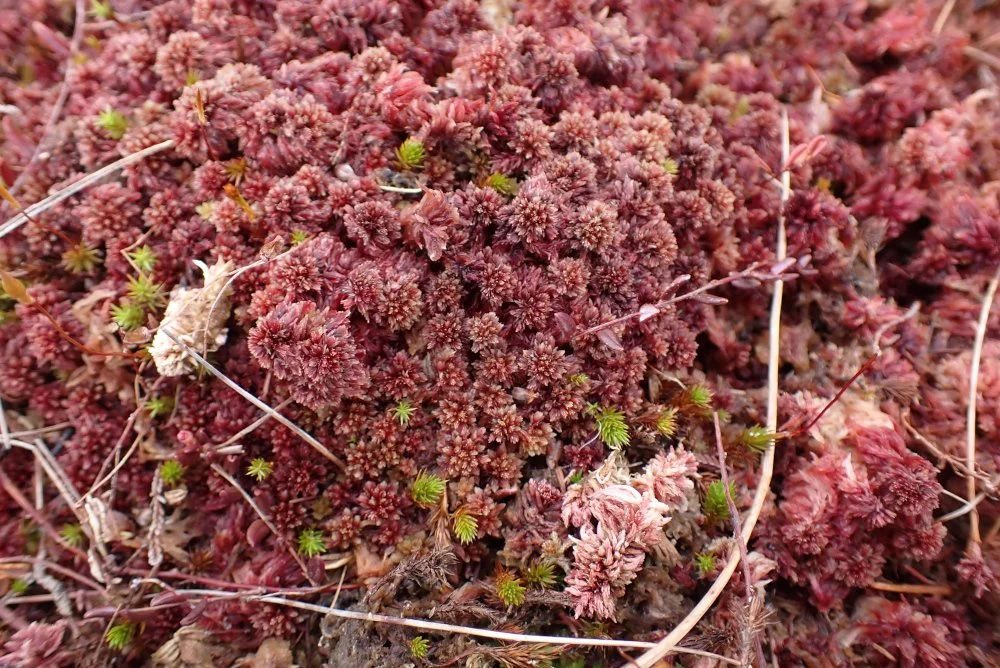Why are bogs important?
Peatlands of Scotland are in poor state
Over a fifth of Scotland's land area is made up of peat soils. They cover vast tracts of the northern and western highlands and islands, parts of the Central Belt, and large swathes of Galloway and the Borders. Many are within a short distance of our towns and cities.
Unfortunately, Scottish peatlands have been damaged by both past and present management. It is estimated that at least 50% of Scotland's peatland is in poor condition.
Carbon Storage
Peatlands store significant amounts of carbon - covering only around 20% of Scottish total land area, they store a staggering 25 times more carbon than all the vegetation of the UK. Peatlands are wetlands and have naturally accumulated large amounts of carbon-rich peat. Peat, made up of layers of partially decayed plant material, effectively locks up carbon absorbed from the atmosphere.
Carbon LOSS
Peatlands in good condition maintain the wet, acidic and low oxygen conditions required to stop dead plant material from becoming fully decomposed, thus releasing all the absorbed carbon back into the atmosphere.
Although peatlands naturally release some greenhouse gases (methane, carbon dioxide) back into the atmosphere - without them the release rate would accelerate greatly
“The carbon locked up in Scottish peatland soils is equivalent to 140 years’ worth of Scotland’s total annual greenhouse gas emissions.”
Short Facts about peatlands
Globally important habitat and home to rare plants, invertebrates and birds.
Water flow and quality regulator, key factor in flood management, fisheries and drinking water supplies.
Place for recreation - hillwalking and deer stalking.
Heritage - culturally significant landscapes.
Natural defence against wildfire.

